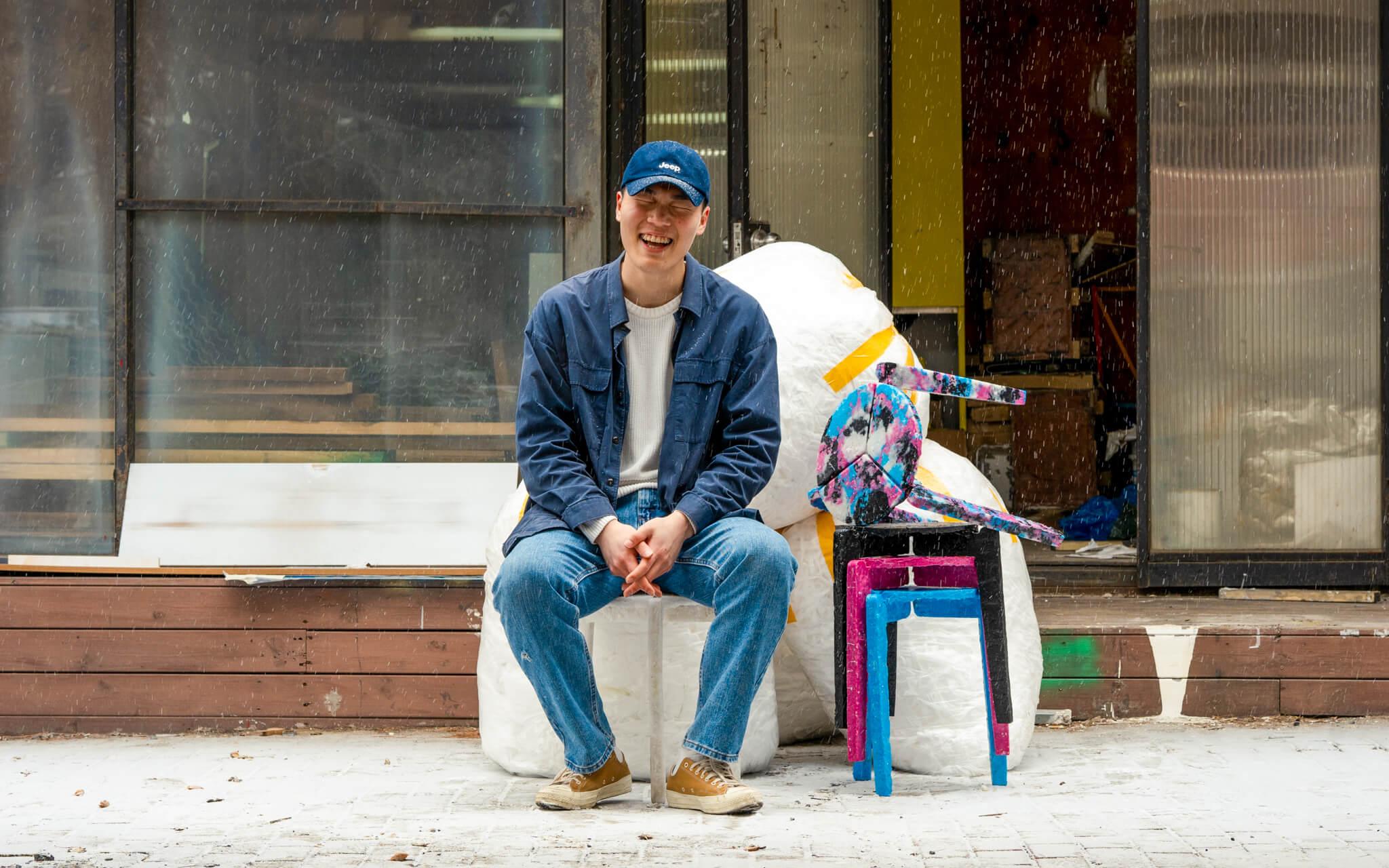Mapping the Heat, Cooling the Streets
Through a granular, real-time map of urban heat and AI-driven insights, FortyGuard, a pioneering startup based in the UAE, brings to light the ever-increasing dangers of extreme heat.
A difficult truth about the world’s temperatures hides in the shadows.
Globally, the weather disaster with the highest death toll, beating hurricanes, floods and other deadly catastrophes to take almost half a million lives annually - is actually the unassuming, insidious presence of extreme heat.
Like a spectre from the past, the problem of heat had once again materialised in the life of entrepreneur Jay Sadiq. It was 2019, and Jay had just read a rather intriguing article – one about cooling the city of Los Angeles by painting the roads white.
Memories from his childhood in Abu Dhabi overwhelmed him, Jay remembers. “I, unfortunately, had very strong asthma, and sometimes during summertime, I remember my father and my mother used to carry me and rush me from the car into the building so I'm not exposed to the heat.”
“It’s a problem that limited me from spending time with friends who were playing football or going to school,” he says. A problem he always wanted to solve.
After more than a decade into his career in sales, private equity, and entrepreneurship, Jay honed his problem-solving skills. He had been adept at coding websites since the age of ten, thanks to his father’s wish that he learn new skills, even building websites in his teen years.
It was that enterprising instinct that reacted to the prospect of painted white roads. Questions arose in his mind - wouldn’t this reflect the sun’s rays back to pedestrians and harm them as well? Why don't they cool the asphalt without changing its colour?
Jay says, “I had been solving for a lot of things that I was not really passionate about, and now this is a problem that I could be passionate about, and I wanted to cool down Abu Dhabi.”
Jay developed a similar material to ensure cooler roads; however, almost immediately, there was a roadblock.
“The client in Abu Dhabi was asking, ‘Where are we going to put it?’ So we said, ‘You know, just put it everywhere.’ And they were like, ‘Jay, you can't put this material everywhere. You have to tell us, where are the hot spots in the city?’” Jay explains. Locating the city’s hot spots was now the bigger problem, leading Jay and his team to an even better solution: heat mapping.
For residents of concrete cities, the urban heat island effect can have fatal consequences. Trapped and amplified by concrete buildings and black-top roads, the heat exacerbates underlying illnesses. A 2024 study estimates that Europe alone could see the number of temperature-related deaths increase by 40,000-90,000 people annually.
However, exactly how a city’s layout affects the temperature of specific areas remained unclear. While the satellites showed Jay and his team a consistent temperature of 33°C across the entire city, he knew something was missing.
“The difference in temperature at two meters above the ground in urban settings can be almost 10 to 15 degrees Celsius, only a few kilometres apart within the same hour, and that is where the problem starts.”
This left Jay wondering, “Where are those differences, and who's capturing them?’”
The difference in temperature at two meters above the ground in urban settings can be almost 10 to 15 degrees Celsius, only a few kilometres apart within the same hour, and that is where the problem starts.
The answer is FortyGuard, courtesy of its Temperature Operating System that offers urban heat data at a granular level of up to 10 sqm blocks over specific time frames. That’s like having a live heat map in your hand, pinpointing the temperature on each street or area in your city in real-time, along with AI-driven actionable insights.
Jay says, “Half of the solution is understanding the problem. FortyGuard is trying to make urban heat data accurate so we can cool cities and deliver temperature insights to every application.”
The applications are endless, from building better water and irrigation systems to creating better transportation routes and predictive analytics for urban planners. Imagine the potential of future engineers combatting increased heat by creating cool zones across cities and strategically cultivating green spaces. For example, land surface temperatures around tree-lined streets are around 8 to 12°C lower than streets without them in Central Europe.
Cooling down the streets means healthier residents and cities that help reduce global temperatures, participating in the solution rather than furthering the problem.
While he now leads a team of over 20 people, Jay credits the “magic” of Abu Dhabi’s Hub71 ecosystem with helping expand the company’s potential and reaching an international stage.
“We are literally the very first company from the MENA region to have access to Earth 2, which is a digital twin of Earth’s climate, and to have a collaboration with NVIDIA working on a climate tech technology,” Jay shares proudly.
”Let’s build something that not only delivers impacts to something I suffered from but really changes the world,” he says. “I want to cool down cities.”
And with Earth’s unstable future rushing toward us faster than ever, cooler cities can help change the world.
Most Popular
The Climate Tribe delivers stories about Biodiversity and Conservation, Circular Economy, Food and Water , and how they intersect with climate.
Subscribe
Get the latest stories inspiring climate action around the globe straight to your inbox.






